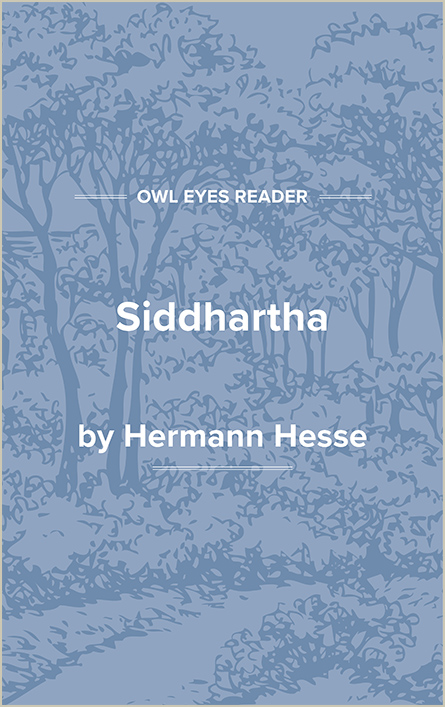Study Guide
Hermann Hesse Biography
Hermann Hesse (HEHS-uh), one of the most popular novelists of twentieth century world literature, was the second of six children of Johannes Hesse and Marie Gundert, who were extremely religious former missionaries to India. In his youth, he was a sensitive, headstrong child who rebelled against schooling and a trade until he was permitted to serve as a book dealer’s apprentice in Tübingen. There he found time to read widely, educating himself in the process, and to write his own poetry and prose. Because much of Hesse’s fiction derives directly from his own experiences and is confessional in nature, scholars have identified three distinct stages in his development.
The first phase, clearly seen in the characters from Hesse’s early works, is that of the sensitive loner who is comfortable only when he is alone in nature. Representative of this period is the titular figure in Peter Camenzind, a talented but introspective lad from a remote village who seeks fame and fortune in the sophisticated big city; in the end, sadder but wiser, he returns to his native village to work for the good of his family and neighbors in a timeless, natural setting.
With the success of this first novel in 1904, Hesse gained financial independence and the courage to marry. Soon after establishing residence in a small town on Lake Constance, he grew restless; a sentimental journey to India was aborted as a result of climate and dysentery before he could set foot on the continent. By 1912, Hesse and his growing family had resettled in Switzerland, where he received Swiss citizenship eleven years later and lived for the rest of his life.
Hesse grew disenchanted with the patriotic posturing at the outset of World War I, and in the ensuing years his increasingly pacifist stance drew sharp criticism. By 1916, his father’s death, family crises (eventually resulting in divorce), and accumulating despair because of the war caused a mental breakdown. As a result of psychiatric therapy Hesse freed himself from previous constraints, both social and familial. Emulating the philosopher Friedrich Nietzsche, he repudiated the mentality of the bourgeois “herd” and set out to establish a new system of values.
The main characters in his novels from this second period are, like Hesse, actively seeking a new way of life. An entire generation of young people, disheartened after the war, seized on Hesse’s symbol of resurrection in Demian in 1919, which promised a new society arising phoenixlike from the ashes of the old. Novels on similar themes followed in rapid succession, among them Siddhartha, in which the title character quests for individual perfection in distant India, and Steppenwolf, in which Harry Haller seeks meaning in the midst of the Jazz Age. In the medieval tale of Narcissus and Goldmund, Hesse’s split personality is assigned to two separate but related characters who represent the contemplative and the active life. The novels written during this ten-year period remain Hesse’s most popular and also his most critically acclaimed.
The overnight success of Demian in 1919 brought Hesse renewed popularity and made him one of the most influential European writers of the 1920’s. Divorce and remarriage offered little personal consolation, however, until his life improved with his third marriage in 1931 to Ninon Dolbin and the beginning of his monumental The Glass Bead Game. During the rise of the National Socialist Party in the 1930’s, however, Hesse’s pacifism and failure to support German nationalism once again made him a target for public vilification. This time, he withdrew in silence to his Swiss mountaintop.
The final stage in Hesse’s maturation is often overlooked, since it is depicted in two works that lack external action and vivid characterization, The Journey to the East and The Glass Bead Game . In these last works,...
(The entire page is 931 words.)
Owl Eyes subscribers get unlimited access to our expert annotations, analyses, and study guides on your favorite texts. Master the classics for less than $5/month!

